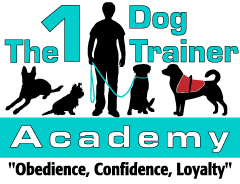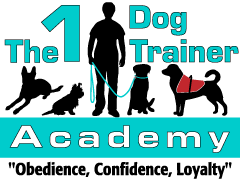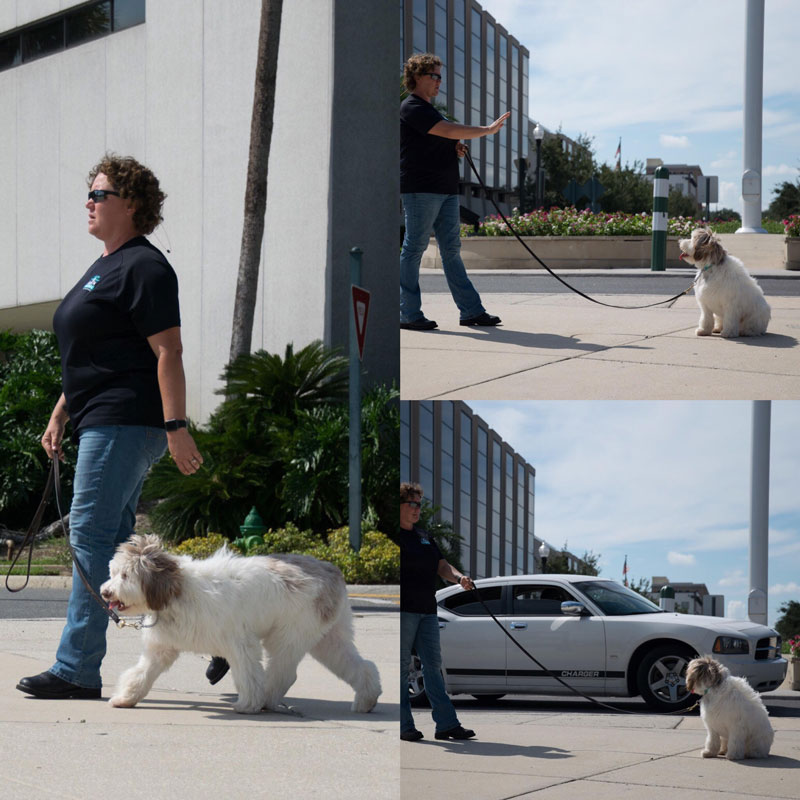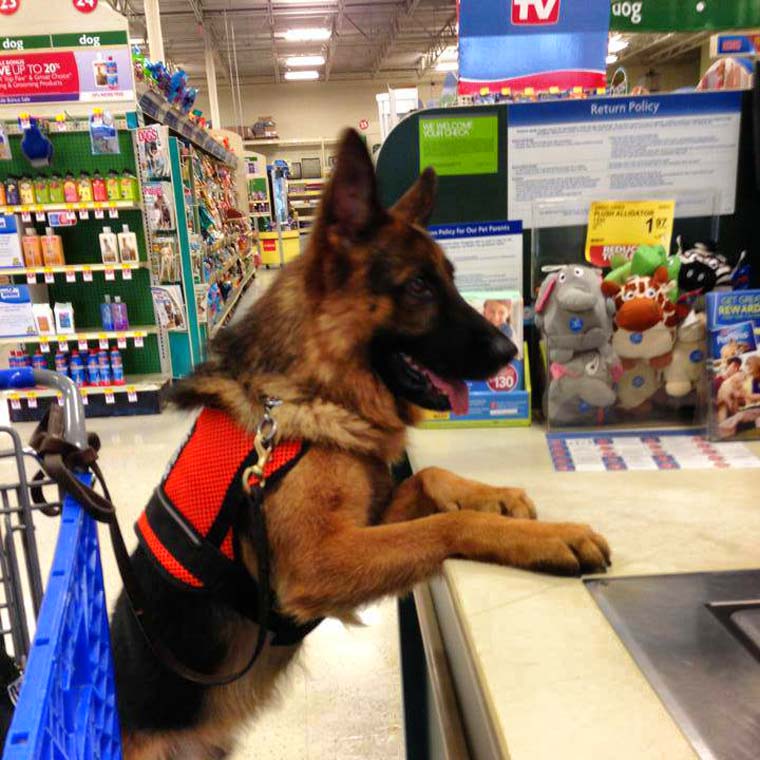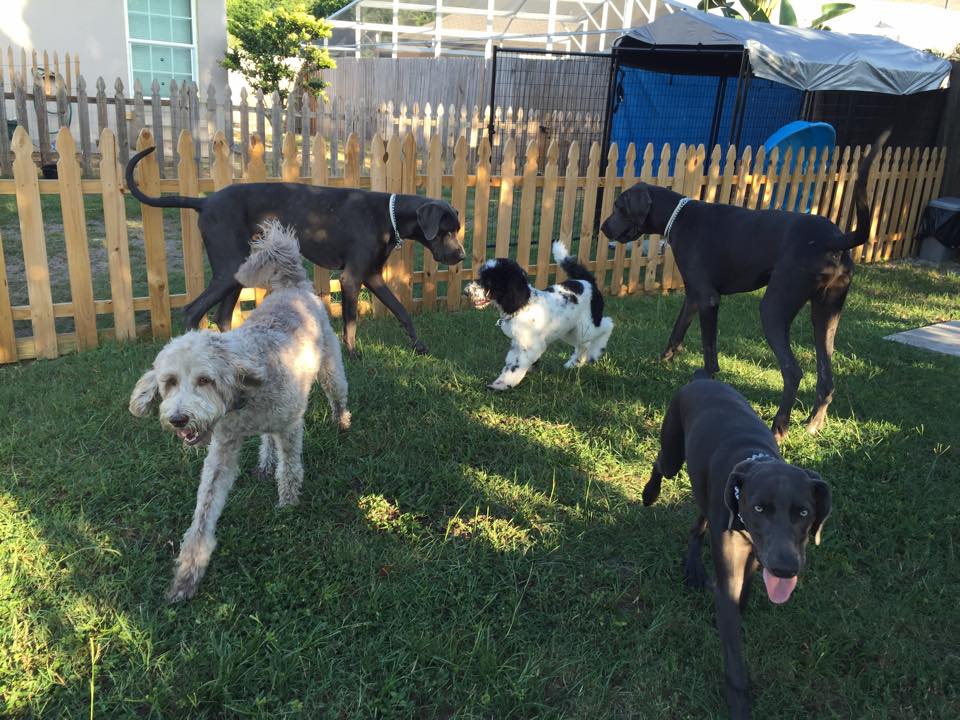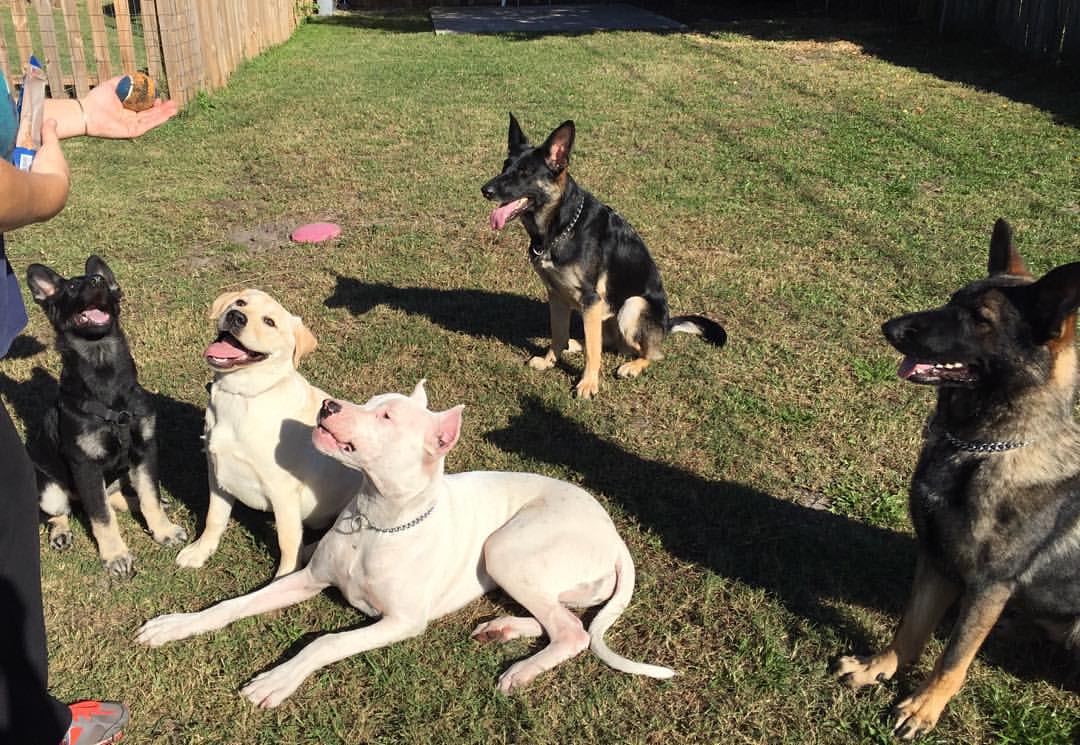This past weekend I attended a 3 day training seminar for A-Z Free Heeling from the current 3 times world sport dog trainer. Although I have never been into sport dog training, I have handled many titled dogs throughout my career and I enjoy watching the competitions and talking with those handlers / trainers in that field of training. I have always been fascinated with the art of sport dog training and wondered how do they get these dogs so in tune with them. So thanks to a client’s support, I was able to attend this course.
Learning from a professional sport dog trainer
Never in my wildest dreams did I expect to be so hooked into a style of training that I used to tell people, “If you are looking for sport dog, I can refer you to another trainer.” Granted, I will still refer to trainers who specialize in sport training as it isn’t something you can take a 3 day course on and say you are a professional. But watching this teacher break down the basics of basic to accomplish the ultimate goal of a fine tuned, attentive dog team, I was awestruck.
In taking this course, one of the things that stuck in my head is how this trainer put so much emphasis on how much training has changed over the last 30/40 years. How he is always learning new way to improve himself and his dogs. That he didn’t stay with the first style of training he was taught. He grew, matured, studied and learned every year ways to improve his skills. Seeking out, at that time, the best of the best and studying ways to open his communication and bond with his dogs. It became a life long passion to make training fun, exciting and educational not only to him and his dog, but those around him.
How dog training has changed
It used to be there was one way to train a dog–“old fashion” training methods were not always the kindest or most humane. But it worked at the time and as the years went on and dogs became more widely used for hunting, police, fire, search and rescue, seeing eye dogs, hearing impaired dog, PTSD, diabetic detection, bomb detection, beagle brigade and the list goes on and on. As these different breeds became used more often, the need to tap into the “natural’ instinct, drive and nature of the breed brought about different ways to train.
All training goes back to one basic rule: OBEDIENCE! For these dogs to be trained in specialty training, they all started and required 1 thing: complete control by their handle and absolute obedience. So the “old fashion” compulsion methods that were working for the MWD (military working dogs) wouldn’t work for the service dog who was trained for the quadriplegic who cannot use his/her hands or legs. So new training techniques were developed, be it equipment or physical movement, and through trial and error these pioneers in the dog training world came up with styles that would work not for just 1 dog but all.
This is why I pride myself on using styles based on the dog. It may not always be what the owners want, but they want that obedient dog. So with that, we must do what we are hired to do and give them a well-trained dog. I would rather educate a client on why I am choosing the method I am, than telling them it’s my way or the highway. With proper education to the clients we began to build a long-lasting relationship between owner and dog.
Continuing education for dog trainers
Going back to my seminar, will I start training sport dogs? No, I will leave that to the professionals in that field. Will I use and apply the teachings I was taught for sport dogs to my every day dog? ABSOLUTELY! If I can apply it to any dog who attends training, I will. Will it work for every dog? No. But this is why I continue my education as a trainer. I can always learn from others. Be it what NOT to do or what to do. Do you want a trainer who only uses one style of training that he/she has been using for the past 10, 20 30 years? Or do you want a trainer who will be open minded and do what is best for your dog and you?
Ask your trainer to explain the different methods of training, the tools and techniques used to achieve what it is they teach. Don’t be scared to consider something you may have never expected to use. Remember if you are seeking a professional to train your dogs it is because what you are doing isn’t working. So why ask your trainer to keep doing what you are doing because you think it’s the best way to train a dog? If your trainer can be open-minded to continue their education and learn more about the ways out there and the new ways, then trust that they are looking out for your dog first and foremost.
